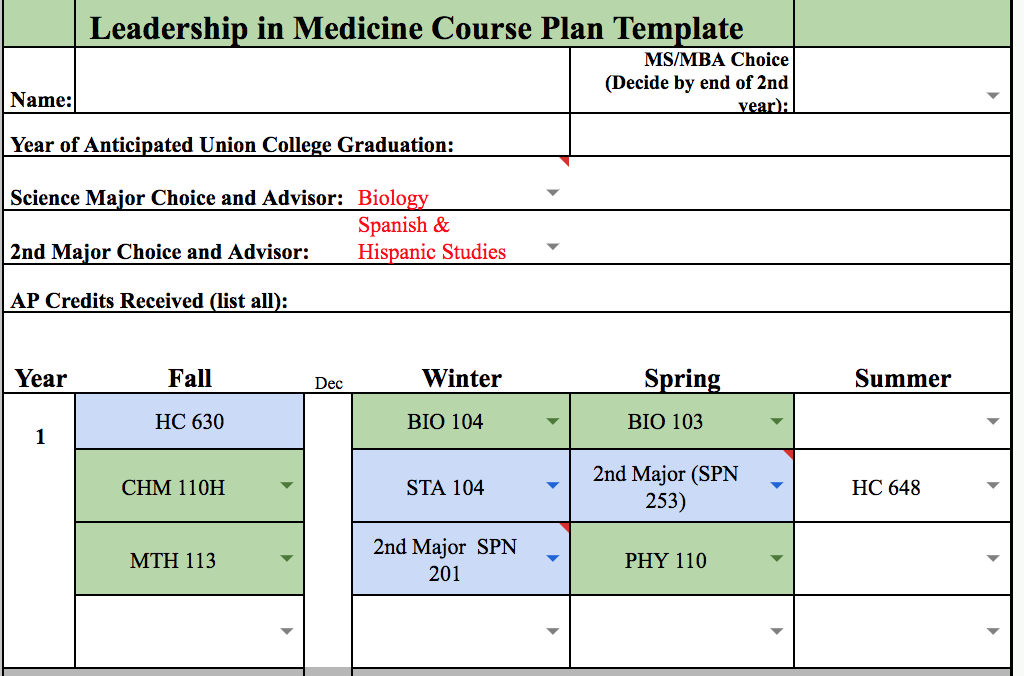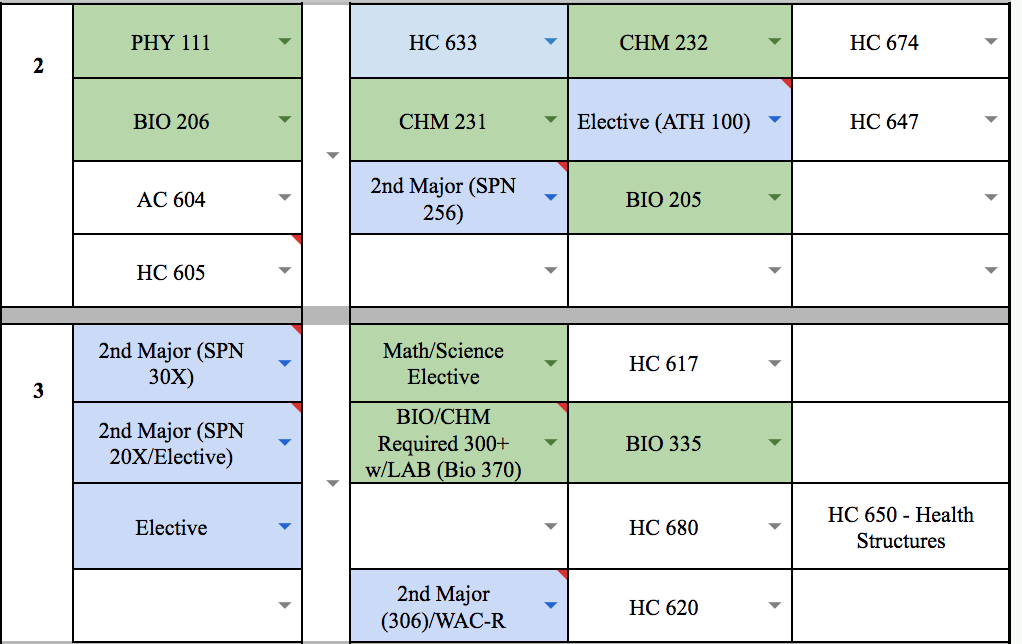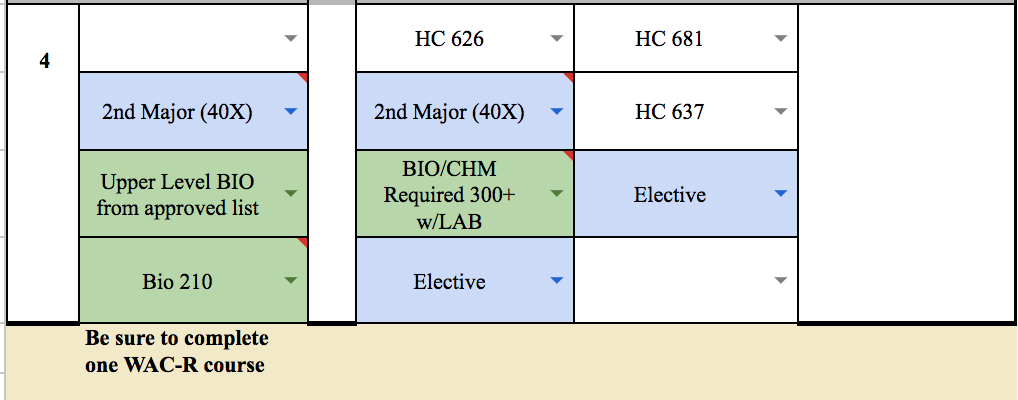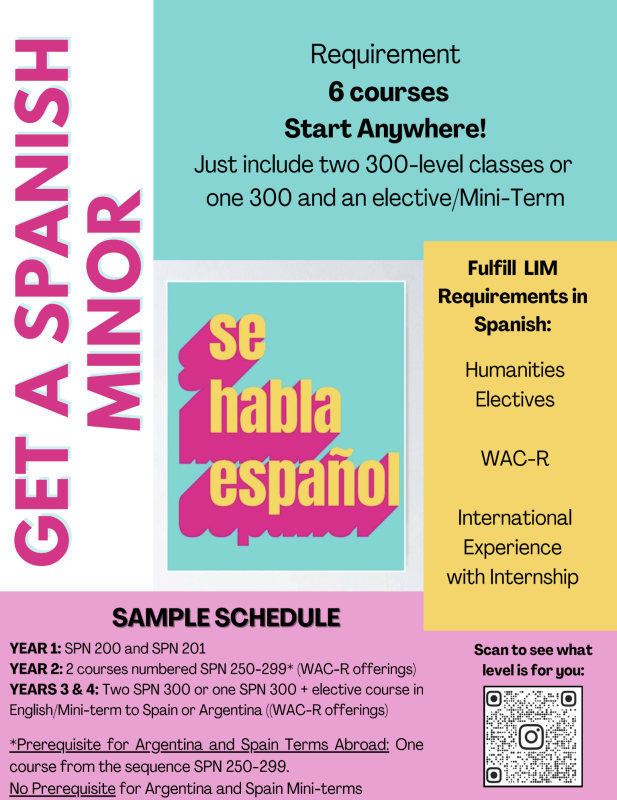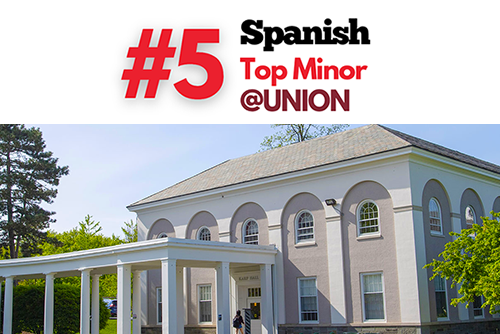Published by AAMC, July 18, 2023
"Research shows that patients without language-concordant health care providers are more likely to experience miscommunication and adverse events, are less likely to comply with medications and medical advice, and are less likely to come to follow-up appointments.
This presents a serious challenge to achieving health equity for Spanish-speaking patients, says Yohualli Anaya, MD, an associate professor of family medicine and community health at the University of Wisconsin School of Medicine and Public Health.
“When we have examined the representation of languages within the physician workforce, Spanish was the most underrepresented of all the languages in comparison to population,” says Anaya, who co-directs the UCLA Center for the Study of Latino Health and Culture’s Accelerating Latinx Leadership Institute.
According to the U.S. Census Bureau, Hispanic people make up 19% of the total U.S. population, and nearly 70% of them — 42 million people — speak Spanish at home. Yet, only 6% of physicians identify as Hispanic and just 2% of non-Hispanic physicians are Spanish-speaking, Anaya says."
